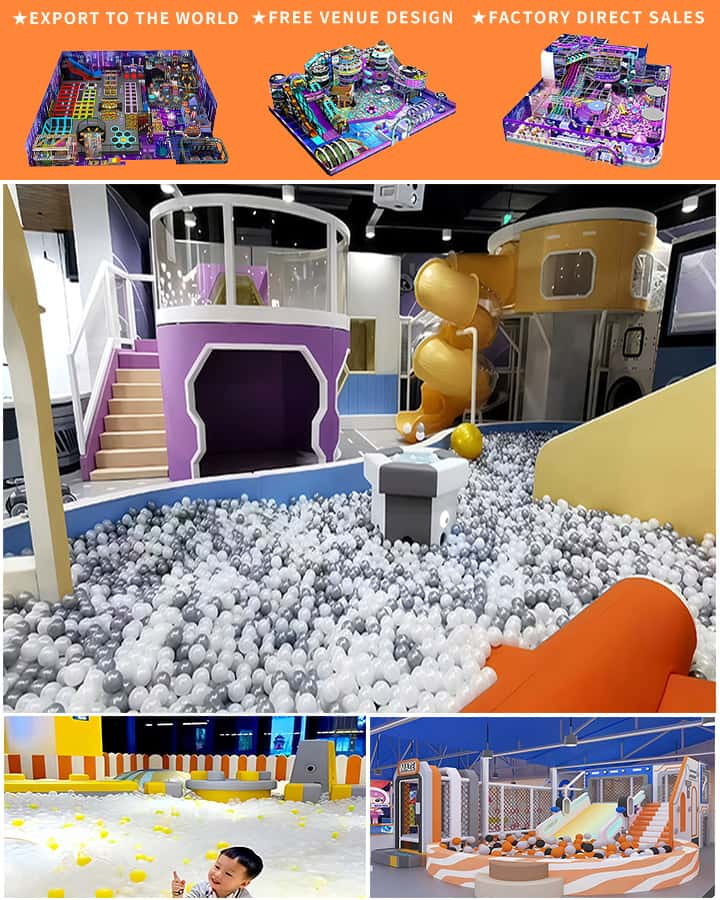In a world where children’s play is increasingly supervised and structured, the allure of playgrounds remains undiminished. They are sanctuaries of childhood joy, fostering physical activity, social skills, and imaginative play. However, equipping these spaces can be a significant investment. For budget-conscious communities, schools, and families, used kids’ playground equipment offers an attractive alternative. This article delves into the myriad benefits and best practices associated with sourcing and utilizing pre-owned playground gear.
Environmental and Economic Advantages
One of the primary benefits of opting for used kids’ playground equipment is its environmental impact. Reusing existing structures reduces the demand for new raw materials, lowering carbon footprints and diverting waste from landfills. Economically, purchasing second-hand equipment is often more affordable than buying new, allowing organizations with limited funds to provide enriching play experiences without compromising on quality or safety.
Safety and Quality Considerations
When considering used playground equipment, safety should be the paramount concern. Not all pre-owned items are created equal; some may have wear and tear that compromise structural integrity. It is essential to source equipment from reputable suppliers who specialize in refurbishing and inspecting used items. These experts ensure that all equipment meets current safety standards and regulations, offering peace of mind alongside cost savings.
 Key safety checks include examining for rust, checking for any sharp edges or cracks, and verifying the stability of the structure. Additionally, it is advisable to confirm whether the equipment has been adequately cleaned and sanitized, especially given the heightened awareness around hygiene in communal play areas.
Key safety checks include examining for rust, checking for any sharp edges or cracks, and verifying the stability of the structure. Additionally, it is advisable to confirm whether the equipment has been adequately cleaned and sanitized, especially given the heightened awareness around hygiene in communal play areas.
Variety and Customization
Another compelling benefit of used playground equipment is the diversity it provides. Pre-owned markets often feature a wide range of items, from traditional swings and slides to more unique structures like climbing walls and spinner bowls. This variety allows playground designers to create customized, inclusive play environments catering to different age groups and abilities.
Moreover, mixing and matching different pieces of equipment can result in creatively stimulating playgrounds that encourage a variety of physical activities, from balance and coordination exercises to imaginative role-playing scenarios. Such diversity not only keeps children engaged but also promotes holistic development.
Community and Collaborative Efforts
Acquiring used playground equipment often involves tapping into community networks and collaborative efforts. Local government programs, non-profits, or neighborhood associations frequently coordinate to pool resources and knowledge, facilitating the acquisition and installation of safe, high-quality play structures. This communal approach not only spreads costs but also strengthens community bonds and collective responsibility towards child welfare.
Furthermore, involving the community in decisions about playground design and equipment selection can lead to more democratic and representative outcomes. Engaging children, parents, and other stakeholders ensures that the final setup meets the needs and preferences of its primary users, enhancing overall satisfaction and utilization rates.
Maintenance and Longevity
Proper maintenance is crucial for extending the lifespan of used playground equipment. Regular inspections and timely repairs can prevent minor issues from escalating into major problems, ensuring that the playground remains safe and enjoyable for years to come. Establishing a maintenance schedule and training staff or volunteers in basic upkeep tasks can go a long way in preserving the equipment’s condition.
Additionally, investing in quality refurbishment before installation can significantly boost the durability of used items. Techniques such as sandblasting, repainting, and replacing worn parts can revitalize older equipment, making it as good as new while maintaining cost-effectiveness.
Conclusion
The decision to incorporate used kids’ playground equipment into community or private play areas brings numerous advantages—ecological, economical, and experiential. By prioritizing safety, embracing variety, leveraging community collaboration, and committing to regular maintenance, organizations can create vibrant, sustainable, and inclusive playgrounds that stand the test of time. In a world where play is an essential component of healthy childhood development, maximizing resources through the thoughtful use of pre-owned equipment is both a practical and commendable choice.




